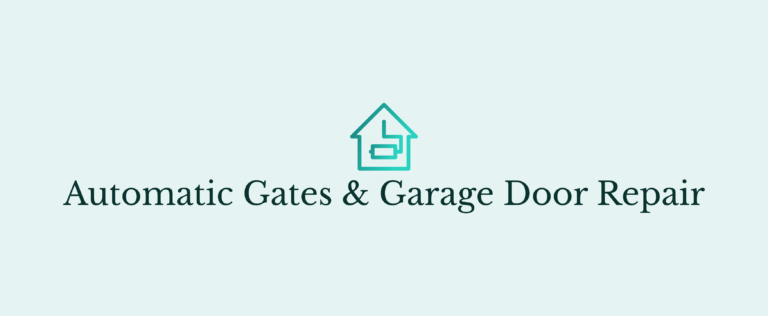The Definitive Guide to Springs Repair
Introduction:
Springs are an essential part of many everyday items, from car suspensions to furniture, and when they become damaged, it can cause a lot of inconvenience. If you’re looking to repair your springs, you’ve come to the right place. This guide provides an in-depth look at springs repair and how to go about it efficiently and correctly. Read on to learn more about the process and the tools you’ll need to get it done.
Understanding Springs Repair
Springs are mechanical devices that are designed to absorb energy and store it for later use. They are used in a wide variety of applications, from car suspensions to furniture, and can range from small and simple to large and complex. In order to repair a spring, it is important to first understand the different types of springs and the common signs of damage.
A. Types of Springs
There are a variety of different types of springs, each with its own unique characteristics and uses. These can include compression springs, extension springs, torsion springs, and more. It is important to understand the type of spring you are dealing with before attempting to repair it.
B. Common Signs of Spring Damage
Springs can become damaged over time due to wear and tear or improper use. Common signs of damage include excessive noise, reduced tension, and visible deformations. If you notice any of these signs, it is important to take action immediately to prevent further damage.
Preparing to Repair Springs
Before attempting to repair springs, it is important to gather the necessary tools and take the proper safety precautions. This will ensure that the repair is done correctly and efficiently.
A. Gather the Necessary Tools
The tools you will need to repair springs will vary depending on the type of spring you are dealing with. Generally, you will need a set of adjustable wrenches, pliers, screwdrivers, and a hammer. You may also need specialty tools, such as a spring compressor, depending on the type of spring you are dealing with.
B. Safety Precautions
It is important to take the proper safety precautions when repairing springs. This includes wearing safety glasses and gloves, as well as ensuring that the spring is properly secured before attempting to repair it.
C. Remove the Damaged Springs
Once you have gathered the necessary tools and taken the proper safety precautions, you can begin to remove the damaged springs. This can be done by unscrewing the bolts that are holding the spring in place, taking care not to damage the surrounding area.
Replacing the Springs
Once the damaged springs have been removed, you can begin the process of replacing them. This can be done by measuring the new springs, installing them, and testing them to ensure that they are working correctly.
A. Measuring the New Springs
Before installing the new springs, you will need to measure them to ensure that they are the correct size. This can be done by measuring the outer diameter, inner diameter, and wire size of the new springs.
B. Installing the New Springs
Once you have the correct size springs, you can begin the process of installing them. This can be done by attaching the springs to the mounting points and securing them with the appropriate bolts.
C. Testing the New Springs
Once the new springs have been installed, it is important to test them to ensure that they are working correctly. This can be done by manually testing the tension of the springs and checking for any signs of damage.
Maintaining Springs
Once the springs have been repaired, it is important to maintain them in order to ensure that they are working correctly. This can be done by regularly inspecting the springs, avoiding overloading them, and lubricating them.
A. Regular Inspection
It is important to regularly inspect the springs in order to detect any signs of damage or wear and tear. This can be done by visually inspecting the springs and testing the tension manually.
B. Avoiding Overloading Springs
It is important to avoid overloading the springs in order to prevent damage. This can be done by not exceeding the maximum load capacity of the springs and ensuring that the springs are not being used beyond their intended purpose.
C. Lubricating Springs
It is important to lubricate the springs in order to prevent damage and ensure that they are working correctly. This can be done by using a lubricant designed specifically for springs and ensuring that it is applied properly.
